Author: Marshall Schott
Back in the days of poorly, or at least less, modified malt, brewers developed intriguing methods for extracting as much fermentable sweetness as possible from malted kernels of grain. One of these methods is the step mash, which consisted of mashing in at temperatures as low as 86°F/30°C then gradually raising it to rather specific temperatures in a series of steps, usually 3 to 4 plus a mashout.
These days, it’s safe to say most brewers bypass the step mash and opt for the arguably much simpler method known as a single infusion mash, which involves mashing in to a certain temperature and leaving it alone for a little while.
However, there are those who continue to find benefit in step mashing for reasons other than to improve conversion (such as might be helpful when using less modified malts), for example, certain temperatures are purported to help break down beta glucans that can make lautering a pain, while other temperature steps are used to produce free amino acids, a nutrient that assists with yeast cell growth and proliferation. More interesting to me, though, is the claim that certain temperatures can have an impact on the perceptual characteristics of beer, namely a rest at 109-113°F/43-45°C that is said to increase the presence of ferulic acid, a precursor to the clove-like phenolic called 4-vinyl-guaiacol (4VG). For this reason, brewers of beers such as Hefeweizen sometimes employ a ferulic acid rest in hopes of increasing this character.
But does it really make a difference? According to fellow beer experimenter, Kai Troester, a dude I view as an expert of sorts when it comes to German brewing, it may not. In an experiment comparing Weissbiers made with and without a ferulic acid rest, Kai concluded,
For the chosen yeast, holding the ferulic acid rest didn’t make any noticeable difference in the clove flavor that was produced during fermentation. While additional experiments should be made to confirm these findings, it is very much possible that this rest is not worth the additional work.
One issue with Kai’s experiment is that the data came solely from his personal experience comparing the beers, all the while knowing the variable in question. For Brülosophy’s first collaborative xBmt with House of Pendragon Brewing, we chose to look more deeply at the impact a step mash has compared to single infusion!
| PURPOSE |
To evaluate the differences between beers of the same recipe where one was step mashed and the other single infusion mashed.
| METHODS |
Once the variable was determined, brewers Tommy Caprelian and Brad Gaines set out designing a beer they thought might adequately exemplify any differences, ultimately settling on a Belgian Blond Ale
BrüDragon Belgian Blond Ale
Recipe Details
| Batch Size | Boil Time | IBU | SRM | Est. OG | Est. FG | ABV |
|---|---|---|---|---|---|---|
| 5.5 gal | 60 min | 17.7 IBUs | 5.2 SRM | 1.057 | 1.013 | 5.8 % |
| Actuals | 1.056 | 1.014 | 5.5 % | |||
Fermentables
| Name | Amount | % |
|---|---|---|
| CHÂTEAU PILSEN 2RS | 9.125 lbs | 79.78 |
| CHÂTEAU CARA BLOND® | 15 oz | 8.2 |
| White Wheat Malt | 15 oz | 8.2 |
| Aromatic Malt | 7 oz | 3.83 |
Hops
| Name | Amount | Time | Use | Form | Alpha % |
|---|---|---|---|---|---|
| Magnum | 8 g | 60 min | Boil | Pellet | 12.3 |
| Saaz | 33 g | 20 min | Boil | Pellet | 2.7 |
Download
| Download this recipe's BeerXML file |
A huge thanks to Imperial Organic Yeast for sponsoring this xBmt by providing the yeast for these beers.
In preliminary chats with them, I mentioned interest in using something similar to the De Koninck strain for this xBmt and without hesitation was told they had something in their yeast bank they would propagate for us. Three weeks later, two 2 bbl pitches arrived at the brewery.
The brew day started like any other with the heating of strike water, a task that takes a bit longer on a 2 bbl system than it does a typical 5-10 gallon homebrewery. In order to keep things somewhat less hectic, the start times of each batch were staggered by 35 minutes, with the single infusion going first due to its simplicity.
As the liquor was heating, Brad milled the large amount of grain, scoop by laborious scoop.
Thankfully, the new 15 bbl brewery won’t require such hard work. Once the single infusion strike water was to temperature, Tommy mashed in.
Look at the size of that sack! It may be surprising to some, but both 2 bbl batches were BIAB using gigantic bags specially made by WilserBrewer. With the single infusion batch resting, the time came to mash in the step mash batch at the first temp. While planning this xBmt, we discussed how we wanted to approach it and ultimately settled on comparing a single infusion mash at 150˚F/65.6˚C to a 4-step mash hitting most of the more popularly discussed temperatures. Each one was nailed dead on.
The single infusion batch, which underwent a 60 minute mash with a 20 minute mashout, finished just a couple minutes shy of 2 hours before the step mash batch, which when accounting for the staggered start times makes a difference of 1 hour and 25 minutes. For both batches, the bags were removed from their kettles with a pulley rig and allowed to drain until the same pre-boil volume of sweet wort was collected.
Both batches were brought to a boil, hops were added per the recipe, then the worts were chilled as they made their way to the stainless fermentors. At this point, digital refractometer measurements revealed a small but notable difference.
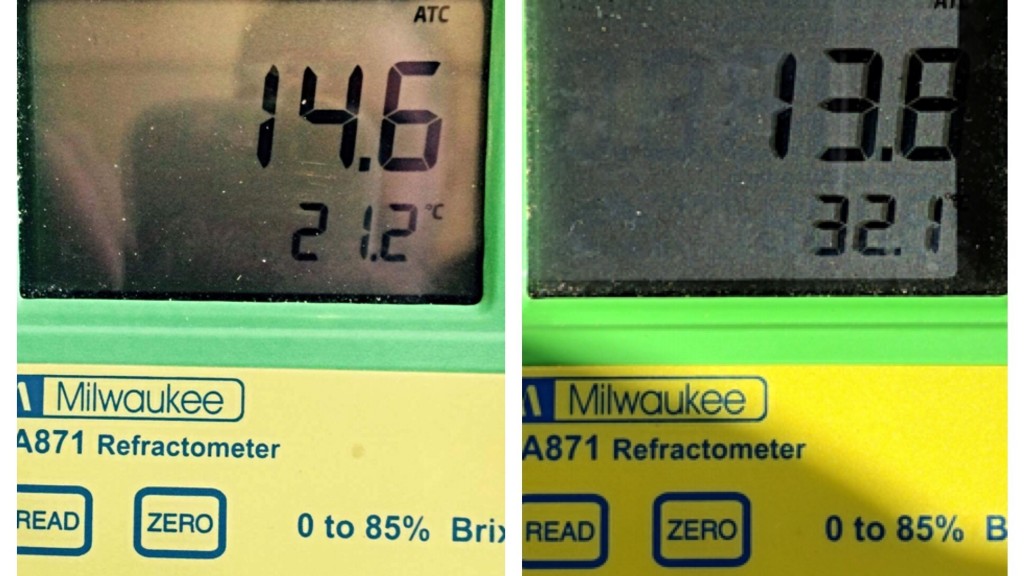
The worts were oxygenated then each was hit with its own 2 bbl pitch of yeast.
The fermentors were placed in a temperature regulated environment where they spent 1 day at 65˚F/18.3˚C then were subsequently ramped 1˚F/0.56˚C per day over the next 3 days. A week after pitching, with all signs of fermentation absent, hydrometer samples were pulled that confirmed the beers had reached the same final gravity.
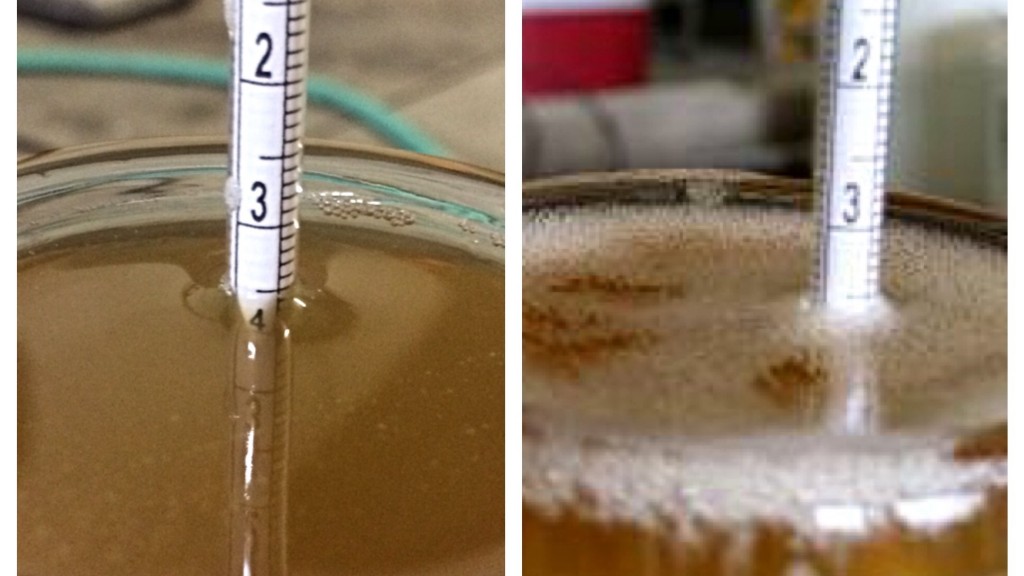
The beers were then cold crashed and, in keeping with Brülosophy tradition, fined with gelatin. The following day, they were transferred to brite tanks and carbonated before being kegged. I met Tommy at the House of Pendragon tasting room on a Saturday morning to set things up for the first tasting event.
The beers were looking pretty much the same, leaving us all wondering if this would carry through in the blind evaluation.
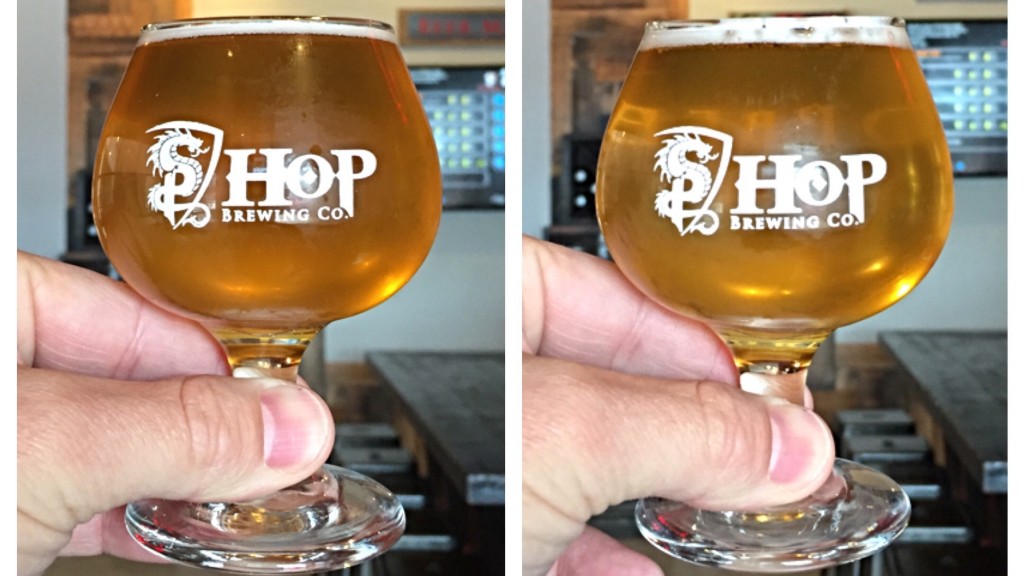
| RESULTS |
Each bartender at the tasting room was trained on our typical data collection protocol. In addition to having access to a larger sample size, the other unique aspect of this xBmt is that the bartenders were never made aware of variable being tested and all three samples had their own dedicated tap, meaning this was truly a double-blind test.
Over the course of a single weekend, a whopping 128 people lent their palates to beer science, a sample size that would require 52 correct responses to imply statistical significance (p<0.05). Tasters were served two samples of the single infusion beer and one sample of the step mash beer in different colored opaque cups then asked to select the unique sample. In the end, 66 tasters (p= <0.001) accurately identified the step mash beer as being unique, suggesting tasters were able to reliably distinguish a beer mashed at a single temperature from the same recipe that was step mashed.
When asked about preference, the results were fairly mixed, though the step mash batch squeaked away with a slight win with 33 votes to the single infusion’s 26 votes. Only 3 and 4 tasters thought the beers had no difference or noticed a difference but had no preference, respectively.
Our Impressions: These beers were incredibly similar, to the point I doubt I’d be able to tell if when drinking one my glass was swapped with the other. In 2 of the 3 blind triangle tests I took, all served to me by different people, I was able to pick the odd-beer-out. Reliable? I’m not so sure. While my performance matches that of the participant pool, it’s wholly possible I was right by chance because, I’m telling you, they tasted pretty much the same to me. If forced to point out differences, I thought I experienced the step mash beer as having an ever-so-slightly more phenolic aroma and flavor than the single infusion, but that’s it, and it’s not surprisingly inline with what one might expect given the variable.
When sampling side-by-side, unblinded, during packaging, both Tommy and Brad noted perceiving the beers as being quite different. Upon delivery of the kegs, I set Tommy up with a triangle test, making sure to pour each sample into different colored cups so he’d be none the wiser. After studying each sample intently for a couple minutes, Tommy looked up and admitted his initial perception was likely skewed, as he was having extreme difficulty telling the beers apart. I encouraged him to go with his gut and he actually did select the correct one, noting, as I did, subtly more spice in the step mash sample. Brad swung by the tasting room a bit later and I had him complete the triangle test as well. He made an inaccurate selection, agreeing with Tommy and me that the beers were indeed very similar.
The beer itself was very good, a bit more traditional Belgian character than I expected from the Covenant yeast, but very tasty nonetheless. While we didn’t start off selling the beer in the tasting room, it was soon added to the menu as multiple people asked if they could order a pint after taking the survey. I also had it on tap on my birthday bash and it was a huge hit.
| DISCUSSION |
There’s something sort of satisfying to me when the results of an xBmt confirm convention, evidence backing up anecdote, or in this case prior scientific findings. It would appear what we’ve been told about step mashes may in fact hold some water, as participants were capable of reliably distinguishing between a beer that was step mashed and the same recipe mashed with a single infusion. Moreover, though not drastic, step mashing produced a wort with 0.003 higher SG than the single infusion, suggesting an impact on efficiency as well.
The survey we use for the xBmts is designed to evaluate whether people are able to distinguish a “control” beer from one that has had a variable manipulated, and while participants who make the correct selection on the triangle test are asked to choose a preference, we’re unable to make any claims regarding what exactly it was that made the beers distinguishable. For variables like step mashing, I’m inclined to defer to historical understandings, which are rooted in science and are time-tested, at least until more perceptual information is gathered. That’s not to say, for example, that a ferulic acid rest will certainly result in a beer with increased amounts of 4VG, but that perhaps in certain situations, it may have some impact.
Personally, given how similar I perceived the beers to be and my lack of concern about a small bump in efficiency, paired with the fact step mashing requires quite the time investment, I’ve no plans to move away from single infusion brewing. It’s possible, perhaps even likely, that the effect of a step mash would be more pronounced with different grists or yeast strains, but to me, the simplicity of single infusion far outweighs any possible benefit from step mashing, even if it makes a difference. To each their own.
If you’ve played around with different types of mash profiles, please share your thoughts in the comments section below!
Support Brülosophy In Style!
All designs are available in various colors and sizes on Amazon!
Follow Brülosophy on:
FACEBOOK | TWITTER | INSTAGRAM
If you enjoy this stuff and feel compelled to support Brulosophy.com, please check out the Support Us page for details on how you can very easily do so. Thanks!




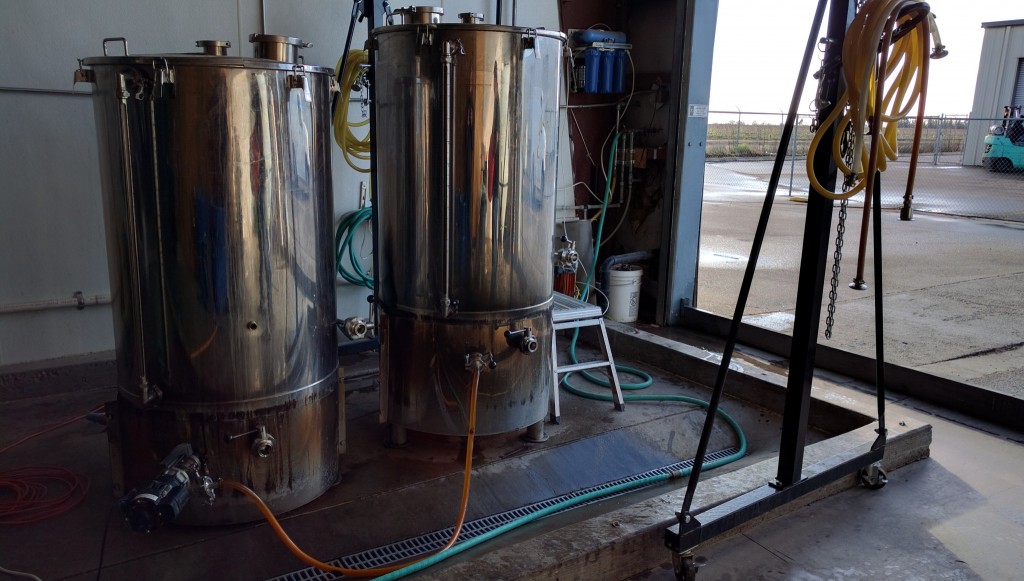
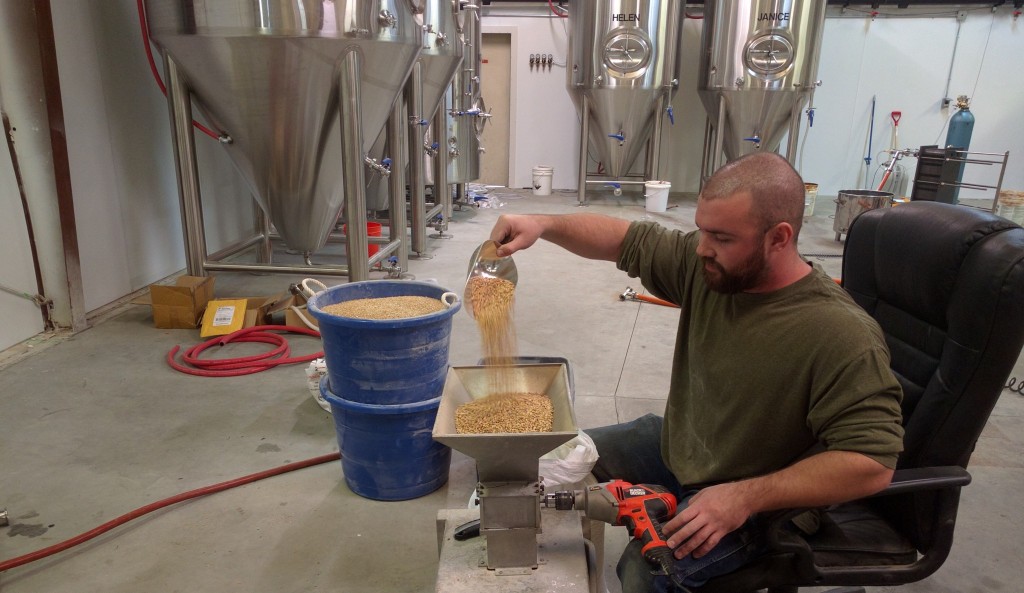

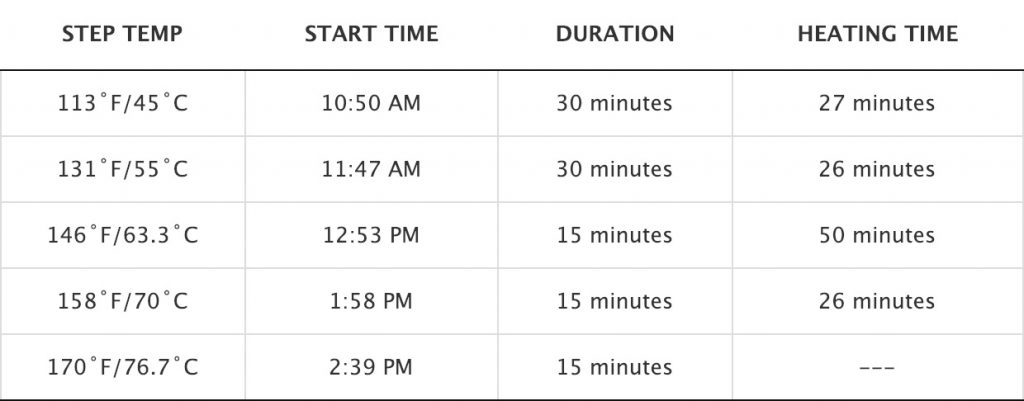
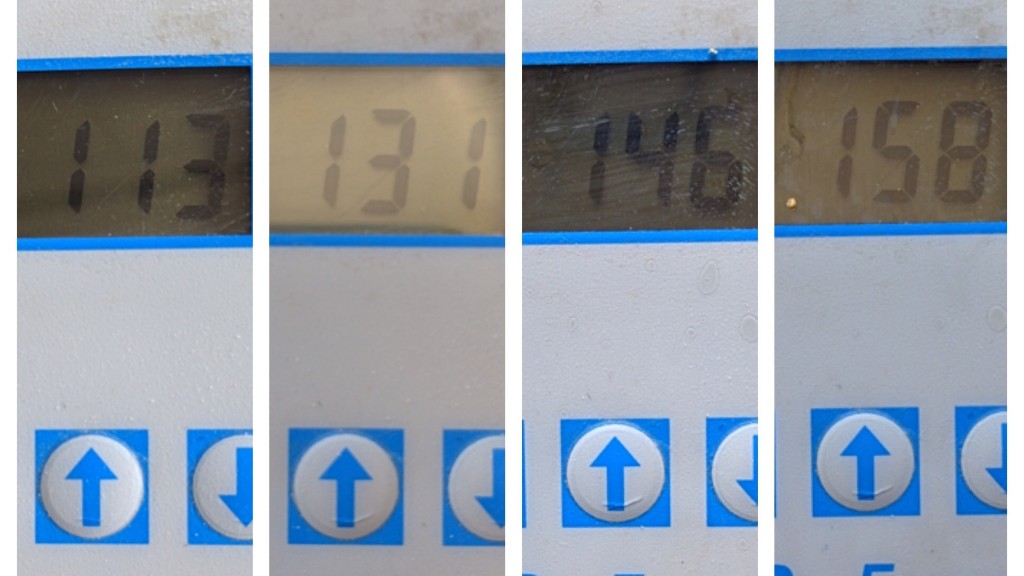
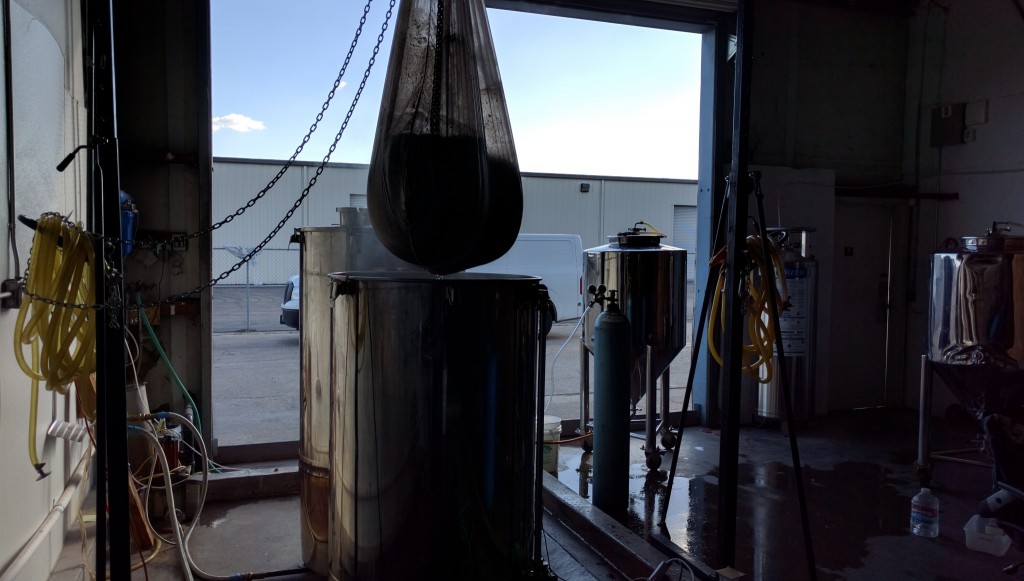
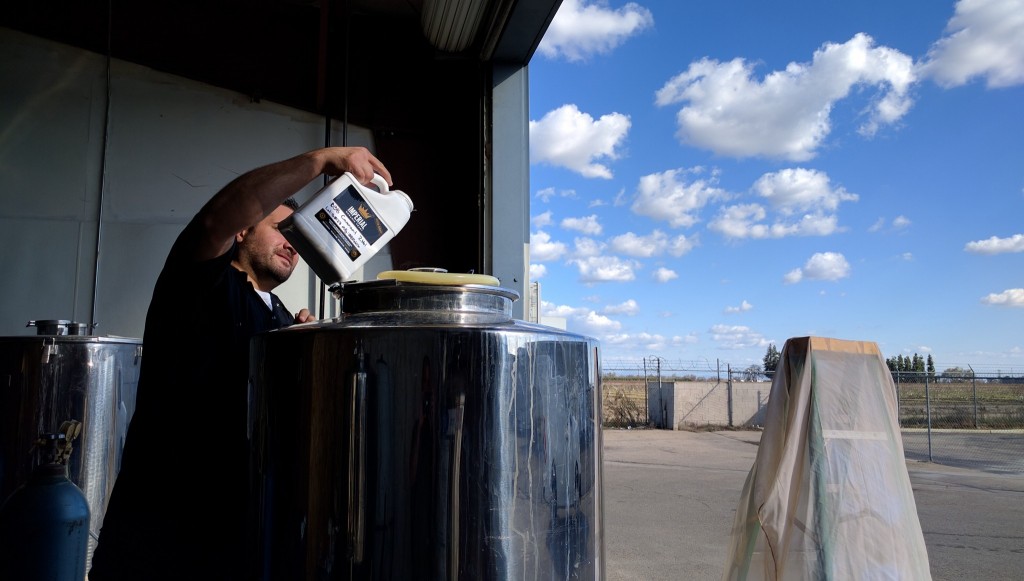

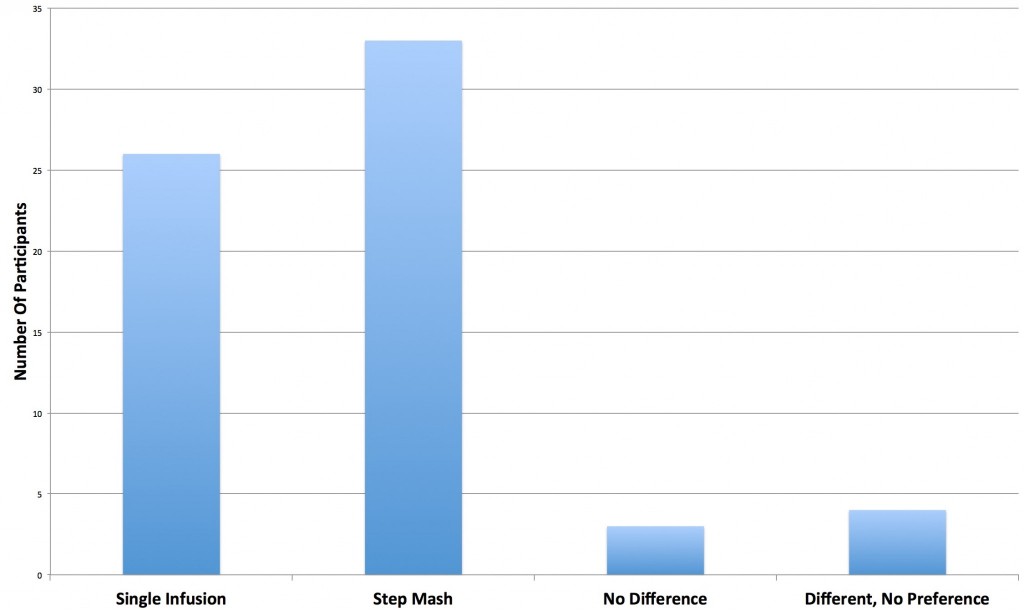




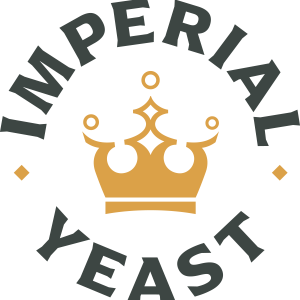

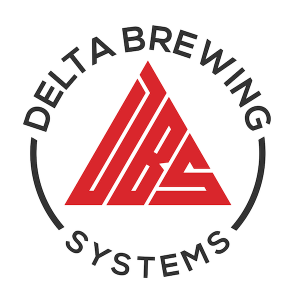


26 thoughts on “exBEERiment | The Mash: Single Infusion vs. Step Mash In A Belgian Blond Ale”
Looks like a nice Nano system there!
As you know, I am a fan of step mashing. Especially with belgian style beers. Wheat is the main, easy to use contributor of ferulic acid in my brewing. Malted barley had some ferulic acid but not nearly as much as wheat or rye. So to get a good phenolic flavor, you have to Have the right grist and yeast. Step mashing helps, but isn’t really necessary. I certainly enjoy step mashing, that’s why I do it, more connection to my brewing. But you can also just increase the % of wheat. It would be interesting to see if the differences are more noticeable with a higher % of wheat.
Nice xbrmnt. Enjoyed it. Also enjoyed seeing the 2bbl biab set up, very cool.
Thanks! In my research while writing this article, I found some info stating barley actually has more ferulic acid than wheat, which stumped me a bit.
It seems that barley malt does make more ferulic acid during the mash than wheat malt does, but that ferulic acid is produced during the fermentation of wheat malt worts, and not as much in a barley malt wort.
There are figures in Ferulic Acid Release and 4-Vinylguaiacol Formation during
Brewing and Fermentation: Indications for Feruloyl Esterase (Coghe et al., 2004) showing that ferulic acid levels rise during fermentation, suggesting that yeast enzymes are making more ferulic acid. This happens to a greater extent with the wheat malts, so the mash may have little to do with ferulic acid levels and 4-VG.
The levels of ferulic acid at the start of fermentation were in the 1-3 mg/L range, but by the end of fermentation had risen to th 8-17 mg/mL range for the wheat malts, with the higher values coming from the worts with higher % of wheat malt (70% WM, 100% WM).
The levels of ferulic acid did NOT go up for the barley malt worts, so these are not producing new ferulic acid at the same rates. As well, the 4-VG levels in the wheat malt blends were much higher than the level from the barley malt worts. 30% wheat malt gave the highest levels of 4-VG, despite not having the highest levels of ferulic acid.
Interesting Richard, as Martin Brungard was recently talking about this in regards to a 65% WM hefe I was making. I was sacrificing 4VG production while seeking out a more pronounce wheat flavor. He also stated (loosely quoting) though counter intuitive, less wheat, in the 30-40% range resulted in more 4VG.
Not surprisingly, the clove aspect is, in my opinion, often lacking in homebrew and overpowered by the iso-amyl ester.
So reading your comment, are you saying step mashing is still effective for wheat beers? I BIAB so step mashing is hard. I do it for my wheats, though.
Any plans to test a recipe with/without the use of Melanoidin malt?
Step mash vs. single infusion + melanoidin? I think decoction is usually said to impart melanoidins, not a step mash. Maybe I’m wrong?
Haha..no, you are correct. I realized the idiocy of what I was asking in my comment, and came back to clarify. You beat me to it. I was confusing step mash and decoction. Two very different things 🙂
Still begs the question…does using Melanoidin malt accurately mimic the flavor profile created by the decoction process? I suspect not enough homebrewers decoct enough to even care, though.
That’s definitely on the list ????
Opaque cups does not help to observe the differences in head retention. Do you think there was any difference?
I try to discuss any differences in appearance, didn’t note any in terms of head retention.
What a great way to get a large sample and it’s got to make you feel good that the beer sold as well!
I have step mashed and single infused the same grain bill, looking for differences in efficenty and mouthfeel. I seem to remember reading somewhere along my journey that a step mashed will produce a thinner mouthfeel. My results align with the conclusions presented here.
I do have a question, is the refractometer measurement influenced by temperature? It seems there is a significant remperature delta of 11 degrees C between the two test samples.
That’s totally plausible and something to keep in mind moving forward.
I’ve played around with mashes/step mashes, one that I really like for bringing out banana in a wheat beer is to mash about 1/3 (the thickest 1/3) at a low beta amylase temperature (~63C/145F). This enzyme converts starches to maltose. The remainder of the mash (quite thin) should be held at ~30C/86F.
Mixing the two into a mash at ~40C/104F (I aim for the high end) and let it mash at this temp for 30 minutes or longer. This is a maltase rest, to convert maltose to glucose. Then bring the mash temp up as rapidly as you can to a high temp alpha amylase rest (72C/161-162F) for the remainder of the mash (until conversion), heat to 78C/172F to inactivate/mash out.
It would be neat to see this method contrasted with a normal mash (please, say you will!).
(See the article Brewing a Wheat Beer with Intensive Banana Aroma: A European Perspective from The New Brewer November/December 2009 for a walkthrough of the technique)
If the refractometer measurements were to be true, it will imply that the attenuation was higher for the step mash than for the single infusion mash.
I don’t think it’s possible to determine from this experiment alone if the increased efficiency was due to the different temp steps, or the longer time the step mash spent in the sac temp range. Or, am I misinterpreting the timings?
+1 to dougs comment.
+2
i think you should try WLP300 Hefeweizen Ale Yeast (WY3068) if you want to feel the difference, that yeast will produce much more clove if you do ferulic rest and ferment it cold.
Is there a way to factor in cost per pint of beer made using each method? To me, step seems to be a bit more expensive, from the initial money needed for the equipment to the energy cost during brewing.
Just wondering.
Pablo, if you are using BIAB it is a tad more expensive only because of additional time. Pull the bag (partially) while heating the bag, then drop it back in to mash at the next temperature. Material cost should be the same.
At some point, a statistician will review the aggregate evidence from all the experiments and conclude that if you brew well technically and add gelatin, the rest is details.
As a side, slightly unrelated question, how is the wort chilled? Is it counterflowed into the fermenter? Thanks!
Yes, it is.